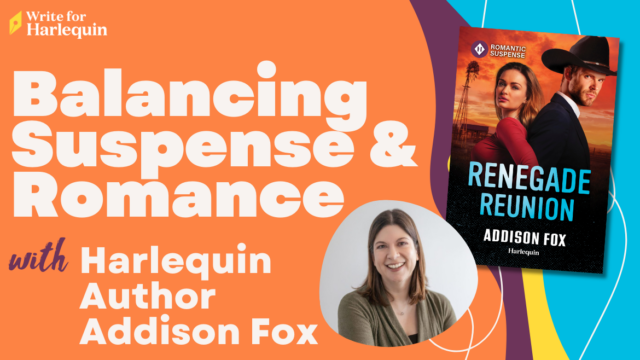This week on the blog, we’re talking you through creating strong secondary characters! Read on for our advice (originally posted in 2012 but still true!) on how to avoid letting the secondary cast take over your romance!
Ever read a book that felt like it was fighting a battle called the Invasion of the Secondary Characters? Where the main characters couldn’t get a word in edgewise, let alone live their lives or fall in love or accomplish anything exciting due to being overshadowed by other, less-important characters who think they’re running the show? Forget fiction—maybe you’re thinking of folks you know in real life who act this way. Unfortunately, you can’t tell your pushy friends who are clueless spotlight-hoggers that they need to scamper dutifully to the margin of your life because it’s your story. That likely wouldn’t go over well, and you might find yourself down a friend or two. But another check in the column of Reasons Why It’s Awesome to Be a Writer: You can do this to your secondary characters!
Writers are often heavily influenced by their characters. Some writers don’t construct an outline at all, but write solely from where their characters lead them. And sometimes, whether it’s to the chagrin or pleasant discovery of the writer, characters who were originally intended to be lesser characters are suddenly demanding more page time. Even as the writer says, “Get back, you! You’re only here as a supporting role!”, that pesky, larger-than-life character fights back. Pours him or herself out on the page as though they’re actually controlling the writer’s pen. Even if your secondary characters aren’t poltergeists living in writing utensils, plotting creative ways to hijack the story for their shameless rise to fame, they still may lead you as the author in a direction you hadn’t planned to go. This will naturally affect the plot, other characters and perhaps the heart of the story.
So how can you fight back against strong-willed secondary characters? Prevent them from taking over your book before it becomes a phenomenon as massive as the Epic Secondary Character Eclipse? Here are a few appropriate uses of secondary characters. Because they do have an important purpose, when they’re reared and geared effectively.
Tip 1: Characters often come to that crucial realization, the elusive solution they’ve been searching for to the book’s major conflict, by talking to a secondary character. Whether it’s the heroine’s lifelong BFF, or a cashier at the convenience store she just happens to run into, secondary characters may be used as plot devices to show rather than tell how the protagonist comes to the conclusion that will lead to the book’s happy resolution. Because if we only had two main characters, we’d have to be inside the heroine’s head all the time when she’s not with the hero. Bo-ring! Her day-to-day experiences and conversations with other characters, when balanced appropriately with time for reflection and time with the hero, will capture her romantic journey most powerfully.
Tip 2: A (minor!) subplot involving secondary characters can mimic the themes found in the main storyline and tie everything together in a satisfying way, as well as offering variety in the plot. Note that not every novel may have room for a subplot; sometimes a tighter word count does not lend itself to subplots. The characters in a subplot should have a connection to the main characters, so it won’t feel like the reader is going back and forth between two separate novels.
Tip 3: A secondary character can be used as part of a character’s conflict. For example, if your heroine is struggling with the idea of commitment and believing in happily-ever-after because her father abandoned her family when she was a kid, he can be a small part of the story to show how she must overcome this experience and forgive him to move on with her life and realize that she does deserve romance and happiness. But again, remember to keep the father or ex-boyfriend or whoever he might be on the sidelines so that he doesn’t steal the show. Include him only as much as necessary to work out the heroine’s conflict and help overcome her past.
So here you have it, a few rules of thumb for corralling your secondary characters and making them behave. Everyone needs a shoulder to cry on, including fictional characters, but remember that readers aren’t going to be flipping pages with excitement during girl talk between the heroine and her best friend. They want to get to the heart of the romance. So a secondary character should get proportional page time to the amount that they are able to drive forward the goals, motivation and conflict of the main character/s.
So remember, secondary characters, you exist to do the main character’s bidding! If only it were like that in real life, and we could push aside certain secondary characters who try to steal our show—while somehow all coexisting in perfect harmony…
Well, I guess that’s why we have fiction!




